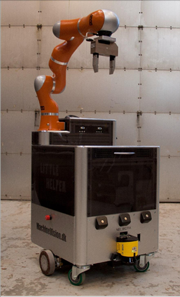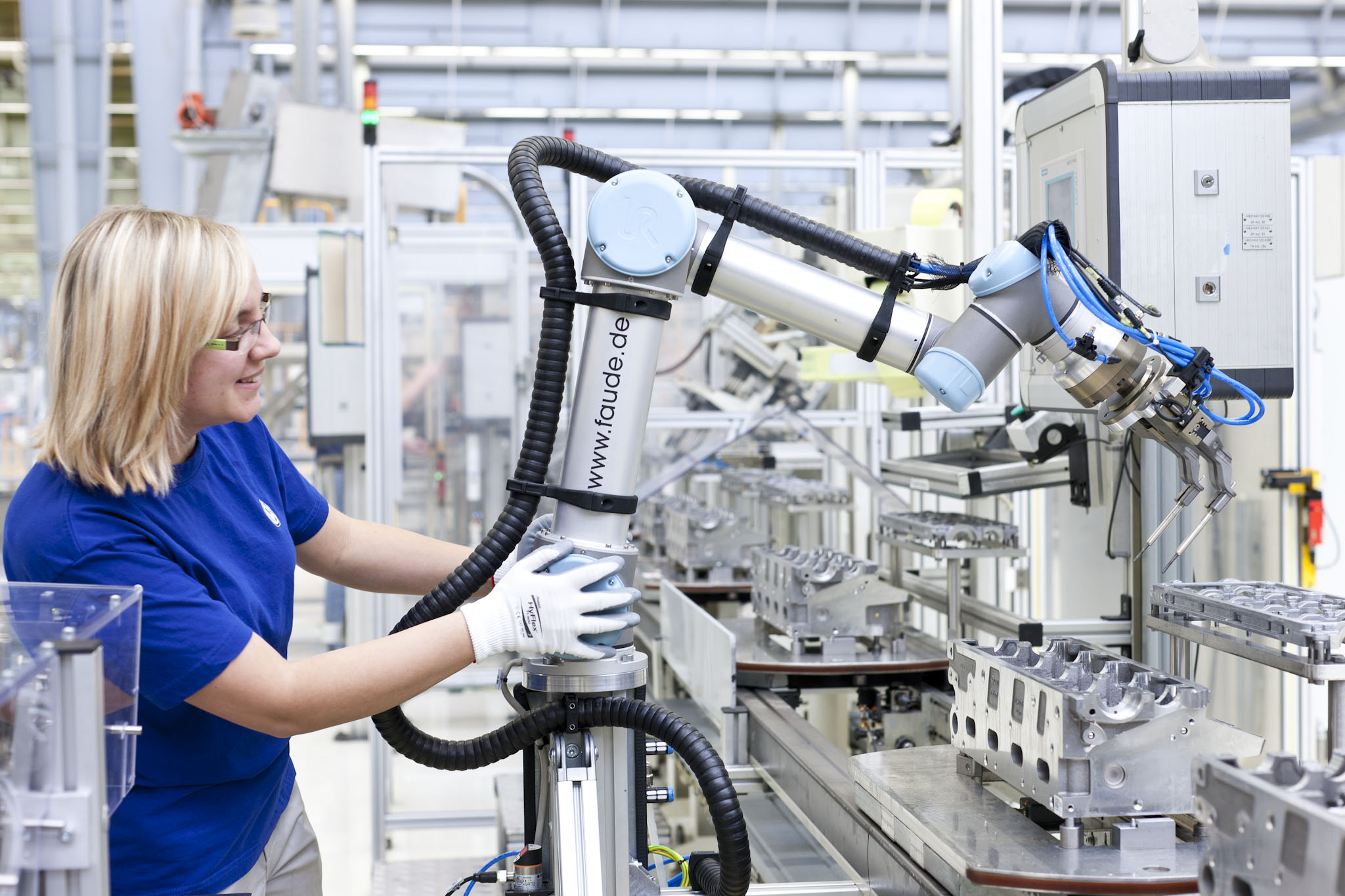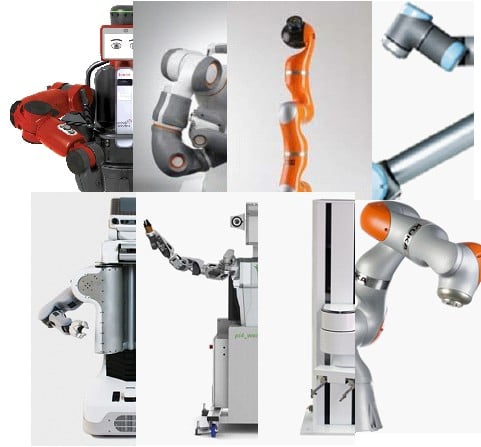Mobile Platform : Integration of KUKA’s LWR 4+ on Little Helper

Posted on Jul 02, 2013 12:00 PM. 3 min read time
In order to make manufacturing industries more and more flexible, a lot of research is being done on mobile robots. You may already have heard about “Little Helper”, a research project at Aalborg University, Denmark. The concept of this mobile robot is to integrate mobility, vision, a robot manipulator and tooling into one complete, autonomous and flexible system.
This robot should be able to move through the shop and do different tasks, therefore eliminating monotonous and repetitive tasks for human workers. One important fact about this project was that all its parts had to be off-the-shelf components.
Little Helper is a mobile robot that must be able to accomplish various tasks such as :
-
Transportation
-
Pick-and-place
-
Quality control
-
Dangerous tasks
It should be able to communicate with other machines. For example, a CNC (computer numerical control) machine would call it (because it had finished its job) then Little Helper would arrive, change the piece and restart the CNC machine.
Here you can see different tests that were made with the first version of Little Helper :
Since it would be completely autonomous and working around humans, safety is an important aspect of this project. The solutions considered included: laser scanners, bumpers, limitation of force and prediction of human movement.
The first version of this concept used an Adept Viper s650 arm. Research was conducted to develop the mobile platform, but it was still a prototype. Through the 2011 TAPAS project in collaboration with KUKA, Little Helper was improved in order to make this technology usable in the industrial world. The goal of the project was to integrate a KUKA LWR 4+ arm with the Little Helper mobile platform. To achieve this, changes were made to the platform and a new version was designed : Little Helper Plus (LHP).
Redesigning Little Helper

In order to make room for the KR C2 lr controller needed for the LWR, the team had to get rid of the whole pneumatic system, since the air reservoir and compressor were large components. This change also meant that an electric tool changer would be needed. Different options were considered, but they decided to keep the pneumatic Shunk SWS-011 tool changer and use a small electric actuator to make it work. The mobile platform was made of extruded aluminum profiles allowing easy reconfiguration.
KUKA’s LWR arm was interesting, because it can be programmed by demonstration. However the research team faced different problems though they manage to find a solution using the Fast Research Interface of KUKA. Moreover, its collaborative feature is a major advantage for safety, since it won't harm a human even if a collision occurs.
The integration of the LWR gives more flexibility to the overall system. The team is convinced that a lot more work can be done using Little Helper, when this autonomous industrial mobile manipulation unit is brought to the shop floor. Now that the system is electric, a possible collaboration with Robotiq would be interesting, since we could integrate our electric end effectors with the present system.
To learn more about KUKA LWR 4+ : Collaborative Robot Series : KUKA's Light Weight Robot 4+






Leave a comment